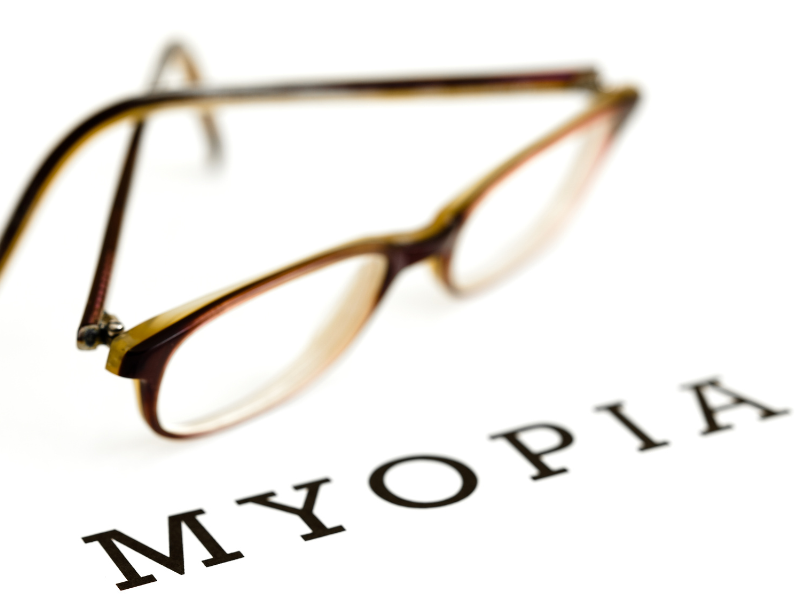Myopia, also known as nearsightedness, is a common eye condition that affects millions of people worldwide. In fact, the World Health Organization estimates that by 2050, more than half of the world’s population will be myopic.
There are a number of factors that contribute to myopia, including genetics, environment, and lifestyle. Genetics play a role in determining a person’s risk of developing myopia, but environmental factors such as increased screen time and less time outdoors are also thought to be contributing factors.
Myopia is caused by the eye growing too long from front to back. This causes the light rays to focus in front of the retina, instead of directly on it, resulting in blurred vision.
There is no cure for myopia, but there are a number of treatments that can help to improve vision. These treatments include glasses, contact lenses, and refractive surgery.
In addition to treatment, there are a number of things that people can do to help prevent the progression of myopia. These include:
- Spending more time outdoors
- Reducing screen time
- Exercising regularly
- Eating a healthy diet
If you are concerned that you or your child may have myopia, it is important to see an optometrist for a comprehensive eye exam. Early detection and treatment can help to prevent the progression of myopia and preserve vision.

